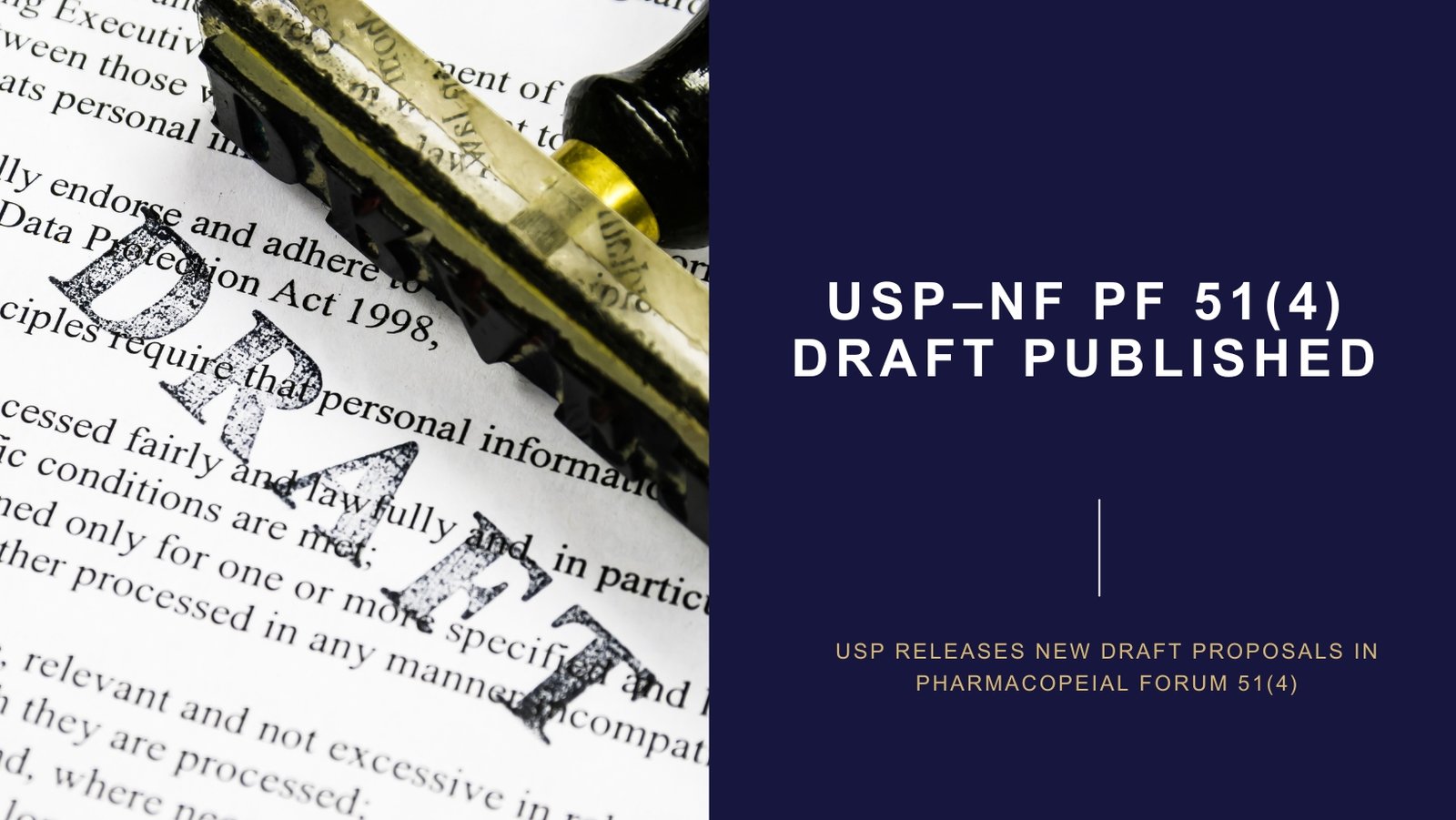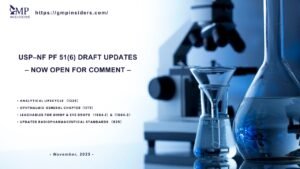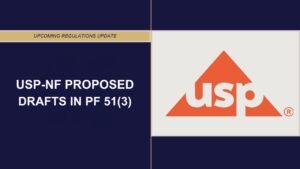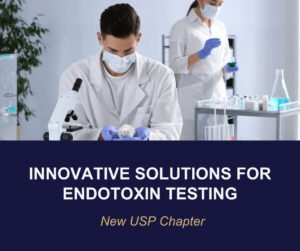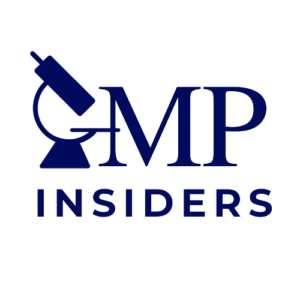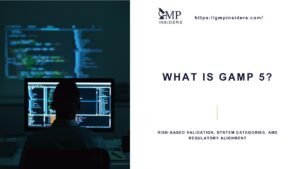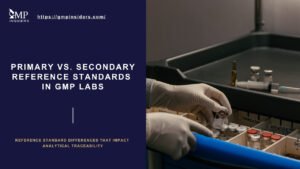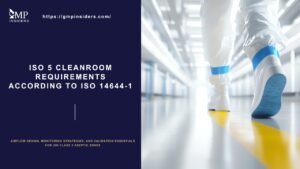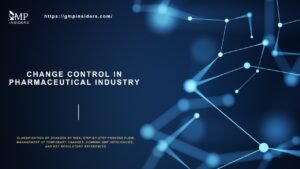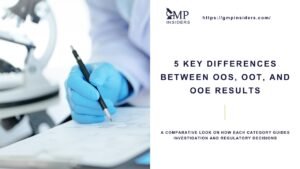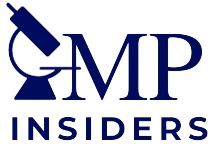The United States Pharmacopeia (USP) has published a new set of draft proposals in Pharmacopeial Forum 51(4). The latest update introduces new and revised chapters that focus on improving control strategies, reinforcing documentation integrity, and enhancing analytical and microbiological processes.
Below is a breakdown of the latest proposals and their potential impact on GMP operations.
〈1003〉 Resuspendability and Redispersibility
The newly proposed general chapter 〈1003〉 provides guidance on how to evaluate the ability of pharmaceutical suspensions to be resuspended or redispersed uniformly after storage or settling.
Key Elements
- Scope: Applies to suspensions and reconstituted powders, granules, or pellets forming suspensions; excludes solutions and non-resuspendable dosage forms.
- Terminology: Differentiates between resuspendability (sedimentation of denser particles) and redispersibility (creaming of less dense globules), both of which are critical to dose consistency.
- Formulation Considerations: Emphasizes excipient selection, particle/globule size, and vehicle viscosity to balance physical stability and ease of redispersion.
- Testing Approaches:
- Sedimentation Volume: Assessed using graduated cylinders under gravity.
- Accelerated Testing: Centrifugation under controlled RCF to simulate sedimentation or creaming behavior.
- Particle Size Distribution: Assessed via light scattering, focusing on both primary particles and flocs.
- Viscosity Profiles: Measured at different suspension levels to detect inhomogeneity or aggregation.
- Dose Uniformity: Quantitative assays after defined shaking simulate patient use and verify consistent dose delivery.
- IFU Development: Patient-use instructions must align with physical properties and support reliable redispersion.
- Validation: Testing methods must be validated according to 〈1225〉, and the acceptance criteria should reflect clinically established performance.
GMP Impact
This chapter introduces a structured approach for characterizing suspension behavior, proper in both early development and commercial control. It supports lifecycle management of suspensions and guides the establishment of scientifically justified test methods and specifications.
〈1029〉 Good Documentation Guidelines and Data Integrity
Previously titled ‘Good Documentation Guidelines,’ the revised 〈1029〉 chapter now integrates foundational data integrity principles while maintaining its focus on proper record-keeping practices.
Key Elements
- Title Update: Expanded to include Data Integrity, reflecting growing regulatory emphasis on trustworthy data.
- Expanded Scope: The chapter now includes data integrity principles alongside Good Documentation Practices (GDocP), aligning with ALCOA++ and lifecycle-based models from 〈1220〉 and 〈1058〉.
- ALCOA++ Framework: Reinforces the principles of data being attributable, legible, contemporaneous, original, accurate, complete, consistent, enduring, available, and traceable.
- Types of Records Covered: Applies to raw data, protocols, reports, batch records, SOPs, CoAs, deviations, equipment logs, and training documents, across both paper and electronic formats.
- Lifecycle Perspective: Emphasizes continuous process monitoring, traceability, and documentation from data creation to archival or destruction.
- Electronic Records Compliance: Systems must comply with 21 CFR Part 11 and other relevant regulations to ensure the integrity and authenticity of records.
- Record Management Controls: Defined ownership, retention schedules, version control, and change traceability are essential for ensuring the trustworthiness of records.
- Data Integrity Assurance: Clear documentation, correction controls, review responsibilities, and linkage of metadata to raw data are emphasized throughout.
- Best Practices for Documentation: Includes predefined formats, completeness checks, audit trails, and proper handling of blank fields, corrections, and multi-page entries.
GMP Impact
This revision provides a clearer standard for documentation that supports data integrity across GMP functions. Organizations should align internal policies, hybrid system controls, and staff training with ALCOA++ principles, particularly in support of regulatory inspections and audits.
SEE ALSO: Data Integrity and Data Governance in GMP
〈1039〉 Chemometrics
The fully revised 〈1039〉 chapter incorporates modern modeling approaches, reflecting the rapid evolution of chemometrics in pharmaceutical development and quality assurance.
Key Elements
- Introduction: Redefined to emphasize real-world applications and objectives of chemometric analysis.
- Learning Methods: Expands on unsupervised (e.g., PCA, cluster analysis) and supervised methods (e.g., PLS, classification models), with improved explanations of continuous vs. categorical data.
- Data Structures & Preprocessing: Introduces new content on matrix types, variable dependencies, and data normalization.
- Model Lifecycle: Now aligned with the concept of model development, validation, routine use, monitoring, and retirement.
- Applications: Updated to cover PAT, raw material identification, method development, and batch release.
GMP Impact
Firms utilizing chemometrics must adopt structured model lifecycle practices. The updated chapter supports regulatory readiness, offering a scientifically sound framework for applying multivariate techniques to routine manufacturing, analytics, and decision-making processes.
〈1072〉 Disinfectants and Antiseptics
The long-awaited revision of 〈1072〉 reflects industry needs for current, risk-based disinfection guidance, particularly in sterile and cleanroom environments.
Key Elements
- Glossary Removal: Definitions now centralized in 〈1117.1〉 for harmonization across microbiology chapters.
- Large-Space Decontamination: Adds vapor-phase hydrogen peroxide and chlorine dioxide as validated methods for facility sanitization.
- Testing Clarification: Refines disinfectant challenge test requirements, including log reduction expectations and use of smaller surface coupons.
- Fungal Criteria: Introduces a 2-log reduction requirement for fungal spore efficacy testing.
- In-Situ Qualification: Emphasizes effectiveness verification over time and its incorporation into sanitization programs.
- Risk-Based Selection: Expands on the choice of disinfectants based on their spectrum, surface compatibility, and residual effects.
GMP Impact
Microbiology and facility teams must adapt disinfection strategies to include scientifically justified methods and revised qualification standards. Documentation of disinfectant rotation, efficacy testing, and large-area decontamination processes must reflect these changes.
〈1221〉 Ongoing Procedure Performance Verification
This new chapter introduces a Stage 3 concept of the Analytical Procedure Lifecycle, ensuring that validated methods continue to perform reliably during routine use.
Key Elements
- Stage 3 Framework: Formalizes Stage 3 of the Analytical Procedure Lifecycle, focusing on ongoing monitoring of analytical methods to ensure continued fitness for purpose after validation.
- Verification Criteria: Can be applied with or without an Analytical Target Profile (ATP). Criteria may be predefined or derived from method history, allowing flexibility for legacy methods.
- Data Evaluation Tools: Recommends the use of statistical tools such as control charts, run charts, and process capability indices to detect shifts, trends, and variability in analytical results.
- Performance Indicators: Introduces key metrics, including precision, accuracy, bias, control limits, and acceptance thresholds, tailored to each method’s intended use.
- Trending Frequency & Scope: Supports both real-time and periodic (accumulated) data evaluation. Monitoring should be risk-based and method-specific, using representative sample types.
- Change Management Link: Trends or drift identified during OPPV can trigger updates to method procedures, acceptance criteria, or training, contributing to continuous improvement.
GMP Impact
Laboratories must establish performance verification routines, separate from day-to-day QC. The chapter supports statistical tools for trend analysis and decision-making, reinforcing the suitability of continuous methods throughout the product lifecycle.
〈1231〉 Water for Pharmaceutical Purposes
The revised 〈1231〉 responds to stakeholder feedback with clarification and added guidance across water system design, control, and testing, especially for sterile and high-purity waters.
Key Elements
- Ozone Removal: Specifies that ozone levels must be reduced below detection limits before the water is used for pharmaceutical purposes.
- Additive Risk Assessment: Calls for risk-based evaluations to detect and manage added substances (e.g., sanitizers or byproducts).
- Sampling Clarification: Encourages online TOC and conductivity measurements, while ensuring grab samples are representative.
- Conductivity Testing: Allows beginning with Stage 2 testing when appropriate, especially during offline testing.
- TOC Interpretation: Clarifies “target limit response” vs. true test limits, with reference to USP standards.
- Sterile Waters: Provides guidance on nominal container volume and how to evaluate contributing organic impurities in TOC testing.
- Nitrosamines: Adds a new subsection introducing a low-risk profile and recommends a control strategy using a risk-based approach.
GMP Impact
The updates help water system engineers and QC analysts refine their approach to sanitization controls, TOC interpretation, and impurity identification. These clarifications support improved regulatory alignment, particularly in light of current expectations for nitrosamine mitigation.
Implementation and Industry Feedback
USP–NF PF 51(4) reinforces quality lifecycle thinking, structured data strategies, and aligned expectations in response to evolving ICH guidelines. Industry professionals are encouraged to:
- Review the draft chapters on the USP Pharmacopeial Forum
- Submit comments during the official public review period
- Reassess internal documentation practices, validation programs, and risk-based control strategies
- Prepare procedural updates aligned with data integrity and lifecycle-based performance monitoring
GMP Insiders will continue to provide targeted analysis, training, and document updates aligned with USP revisions. Contact our team for assistance with implementation planning or SOP alignment.

